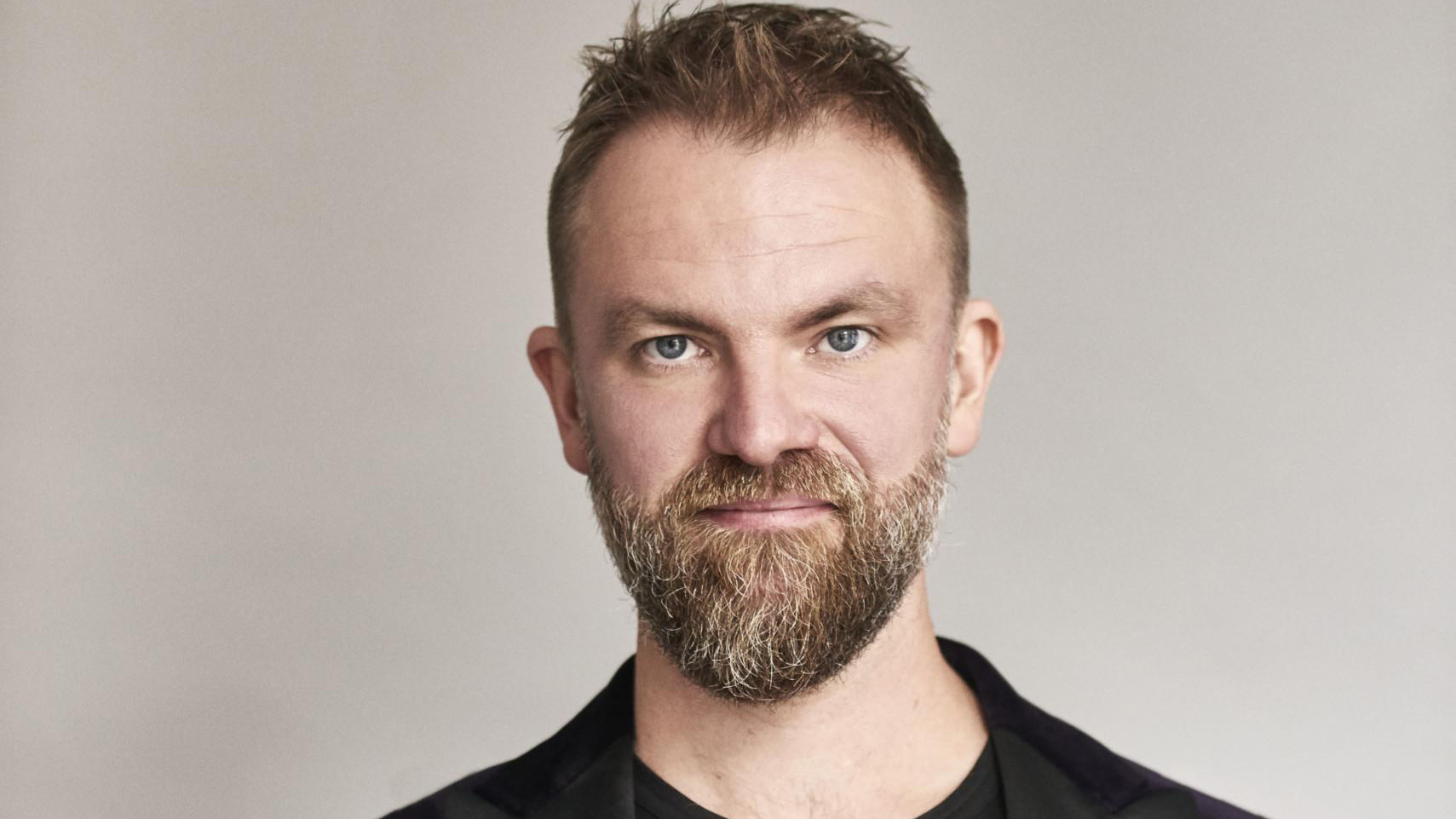This concert programme prepared by conductor Tomas Djupsjöbacka shines the limelight on the orchestra’s various instrument sections one at a time.
The brass and percussion sections kick off the evening with two brilliant fanfares. Aaron Copland’s Fanfare for the Common Man was completed in 1942 in response to the US entering the Second World War. Joan Tower dedicated her own fanfare to adventurous women who are willing to take risks.
The woodwinds get to play Mendelssohn’s wholehearted Notturno, which the composer wrote for an 11-piece band at a northern German spa.
The two symphonies at the end of the concert were completed in consecutive years. The first audience was composed by Carl Philipp Emmanuel Bach in his sixties in 1775, and the latter by 18-year-old Wolfgang Amadeus Mozart a year earlier.
Watch and listen both live and on-demand through the Helsinki-kanava site and via the HKO Screen-app.
https://www.helsinkikanava.fi/fi/web/helsinkikanava/player/event/home?eventId=98370021
Watch live and discuss through the orchestra's YouTube channel
https://youtu.be/rFI0KPkN3sY
Aaron Copland: Fanfare for the Common Man
The best-known work by American composer Aaron Copland (1900–1990) is undoubtedly the Fanfare for the Common Man (1942) commissioned by the conductor Eugene Goossens and the Cincinnati Symphony Orchestra. Goossens was in the habit of commissioning overtures for his concerts during the two World Wars, but Copland’s is the only one still remembered. Fragments of this stirring fanfare have found their way into the scores of numerous westerns, presidential inaugurations and recruiting videos for the US military.
Joan Tower: Fanfare for the Uncommon Woman No. 1
Joan Tower (b. 1938) is a leading US contemporary composer. Her Fanfare for the Uncommon Woman is part of a cycle of six overtures she has written since 1986. The most recent dates from 2016, but the first is the one most often performed. Naturally her primary source of inspiration for this fanfare was that by Aaron Copland, but hers is designed not to rouse patriotic sentiment but to pay homage to fearless, adventurous women. The cycle is dedicated to Marin Alsop the conductor.
Felix Mendelssohn: Nocturno
Felix Mendelssohn (1809–1847) was a veritable Wunderkind. As a child, he travelled all over Europe with his father, taking in Bad Doberan – still a major seaside resort known as Heiligendamm – where members of the nobility idled away the hours at the casino tables, at the horse races or in the invigorating waves of the Baltic Sea. Naturally there was no shortage of music and dancing, and the spa had its very own orchestra, a sort of military band. It was for this orchestra that Felix, still only 15, composed his Nocturno in 1824, in all probability basing it on the Preciosa Overture (featuring a small wind band playing a gypsy theme) by Carl Maria von Weber.
Mendelssohn was very proud of the result. Unfortunately, the manuscript got lost, but he was able to rewrite it and the Nocturno to be heard at this concert is the rediscovered version of 1826 edited for publication by the conductor Sir Christopher Hogwood.
Carl Philipp Emanuel Bach: Symphony in E flat, Wq. 179
When Mozart said, “Bach is the father. We are the children,” he was speaking not of Johann Sebastian but of Carl Philipp Emanuel (1714–1788). For it was CPE the son who laid the foundations for music of the future. He wrote long essays about composition and performance, and was the first in the history of music to write his autobiography. He borrowed widely from the literary Sturm und Drang (literally ‘storm and stress’ or ‘turmoil’) movement that was soon taken up by Haydn and Mozart. Here was music of sudden and dramatic emotions aiming to reflect and express human states of mind.
One of the works composed by CPE during the 30 years he spent as court composer to King Frederick the Great of Prussia was the Symphony in E flat of 1757. It has three movements, the first two played without a break. It abandons the Baroque style of his father, looking ahead to the Classical era. CPE himself drew a clear distinction between works he composed as part of his job and those born of an inner compulsion, and the E-flat symphony clearly belongs to the latter.
W.A. Mozart: Symphony No. 29 in A Major
Symphony No. 29 in A Major by W.A. Mozart (1756–1791) dates from around 1774. One of his most original symphonies, it is also one of the few written during his early years in Salzburg that still has a firm place in the staple orchestral repertoire. Before him, only Haydn had experimented with adding a weighty, symphonic dimension to the light, airy music suitable for court entertainment, but Mozart’s symphony is a perfect mix that does full justice to both elements.
The first of the four movements makes use of the Baroque question-and-answer technique that would later become one of Mozart’s hallmarks, and the second is slow and restrained, with its opening dotted rhythms and tender, muted-string melody. The Minuet that follows is an unusually dignified court dance, relying on rhythmically repeated notes, and the finale is cast in a more traditional mould.

